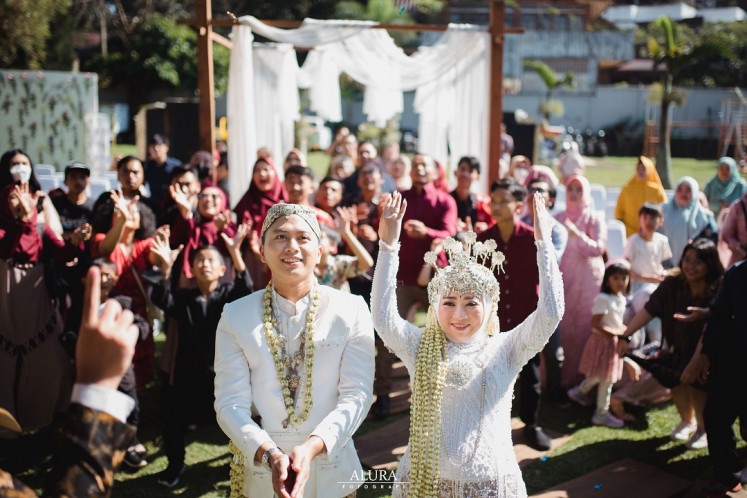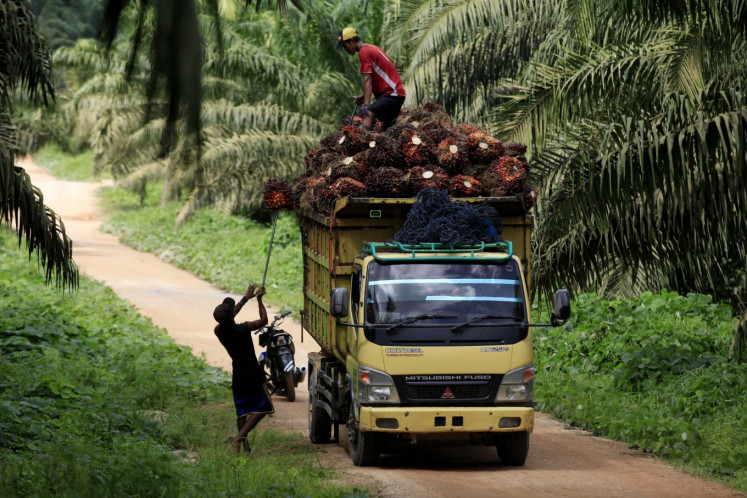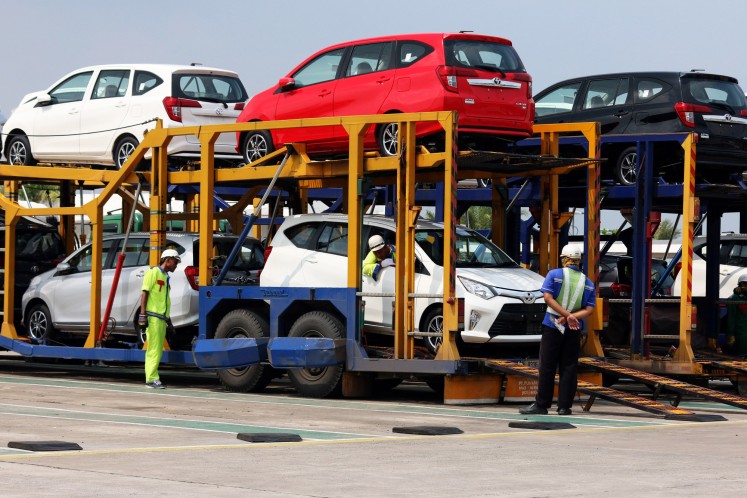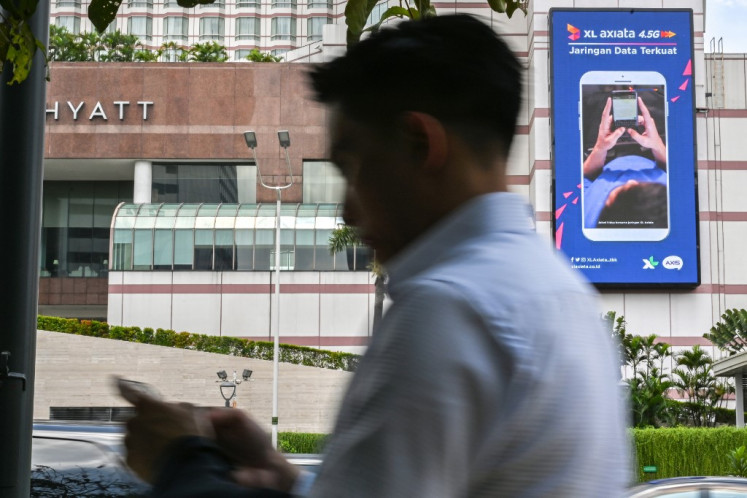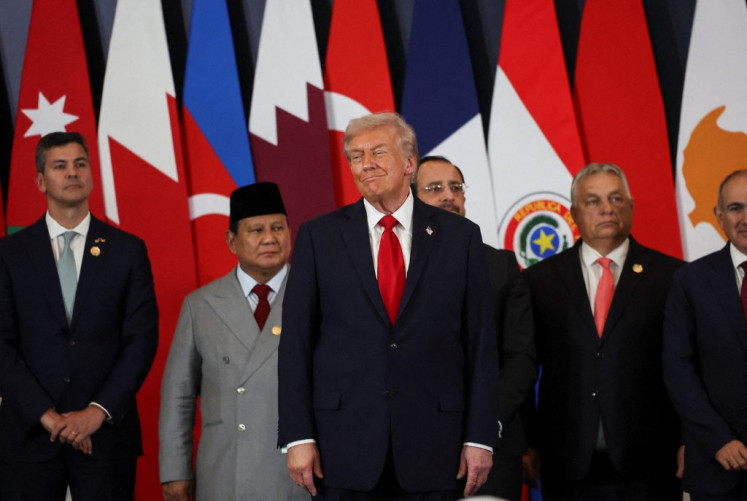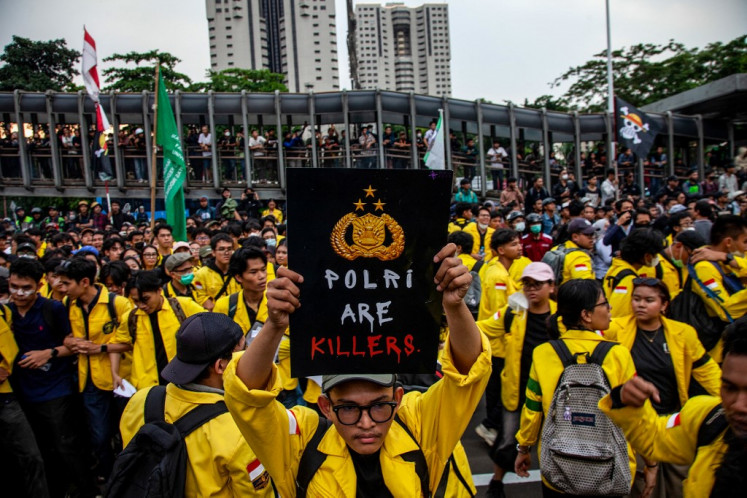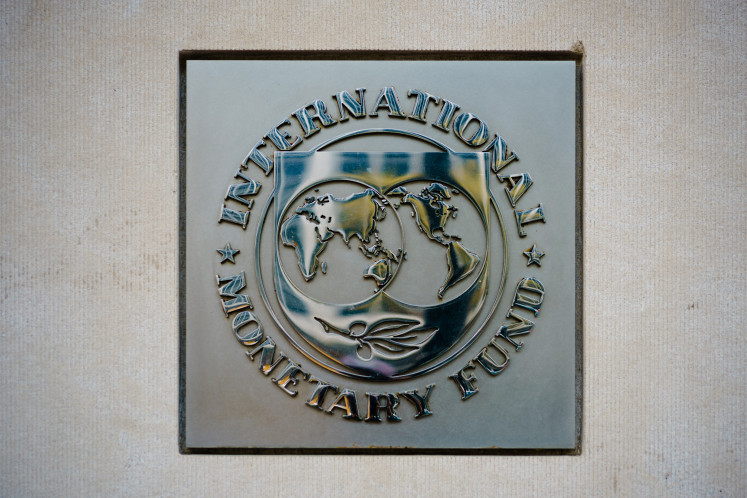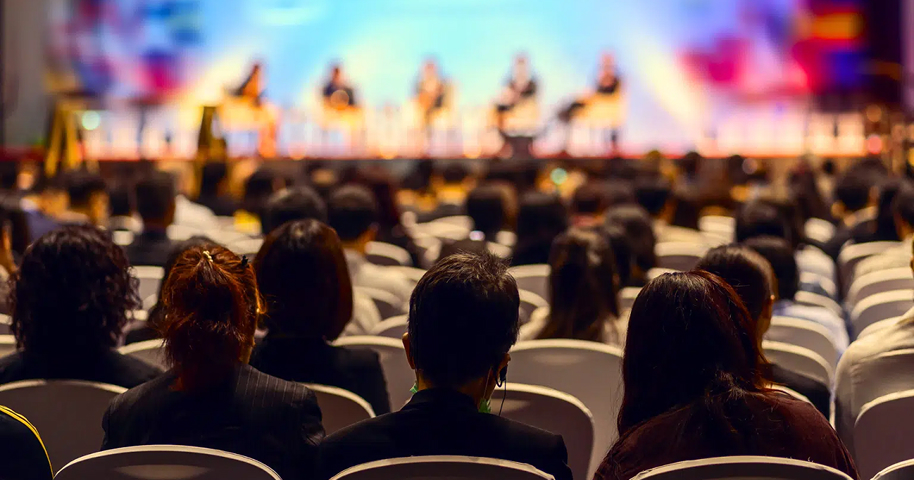Popular Reads
Top Results
Can't find what you're looking for?
View all search resultsPopular Reads
Top Results
Can't find what you're looking for?
View all search resultsA picture of indigenous inspiration
Gaze: Visitors explore portraits of indigenous people from around the world, at the âIf Not Us, Then Who?â exhibit at the Antara Gallery
Change text size
Gift Premium Articles
to Anyone
G
span class="caption">Gaze: Visitors explore portraits of indigenous people from around the world, at the 'If Not Us, Then Who?' exhibit at the Antara Gallery. JP/Jerry Adiguna
'Who will stop this madness of climate change? If not us, then who? If not now, then when?'
These inspiring words from Filipino environmental activist Yeb Sano provide the theme of an ongoing audiovisual exhibition at the Antara Gallery in Pasar Baru, Central Jakarta.
Aimed at drawing attention to global deforestation and climate change, the nine-day exhibition showcases 64 photos and a dozen documentaries about the struggles of indigenous people in Asia and Central and South America in protecting the planet.
'We want people to realize the role of indigenous people in protecting the forests,' Paul Redman, founder of London-based NGO Handcrafted Films, said at the sidelines of the opening of the exhibition on March 10. 'I want them to inspire people, to get them emotionally engaged.'
Indigenous people play an unrecognized role in protecting forests around the world, according to Redman, who says their existence was very important as the guardian of the forests.
Forests play a major role in curbing the effects of climate change, absorbing estimated 2.4 billion tons of carbon dioxide every year.
This exhibition, Redman said, called for global recognition of indigenous people and their rights to the forests.
The exhibition ' part of a global road show in the run-up to the UN Climate Change Conference in Paris later this year ' has also been hosting discussions on art, the environment and global indigenous movements with speakers coming from as far away as Peru and Nicaragua.
Redman said that the exhibit, also tentatively slated to stop in Germany, Congo and Brazil, was the culmination of two years of filmmaking in Indonesia and Central America to document inspiring individual stories.
The project attempts to show that indigenous communities around the world faced similar problems, such as increasing threats from resource extraction and monocultural agriculture, he says.
Such a call is present in the photos displayed in the exhibition room in Jakarta.
Scenes from an exhibition: The scene at the Antara Gallery in Pasar Baru, Jakarta on March 10. The 'If Not Us, Then Who?' exhibit is part of a road show leading up to the UN's climate conference in Paris later this year. JP/Jerry Adiguna
The artists behind the photos include Indonesian documentary filmmaker Nanang Sujana and Joel Redman, an award-winning photographer from the UK, who is also Paul's brother.
Despite different styles, the artists convey a similar message through their photos, which primarily depict indigenous people from Brazil, Honduras, Indonesia, Nicaragua and the Philippines.
The photos tell the struggles of local figures in fighting for their lands and forests in the hope of inspiring visitors to also join the fight against environmental destructions
'We want to share their positive stories ' the struggles of local communities so they can inspire the world,' Nanang said.
In the end, it seems that the question is no longer 'if not us then who?' but 'if they can do it, why can't we?'
For more information, visit siapalagikalaubukankita.me or ifnotusthenwho.me.



